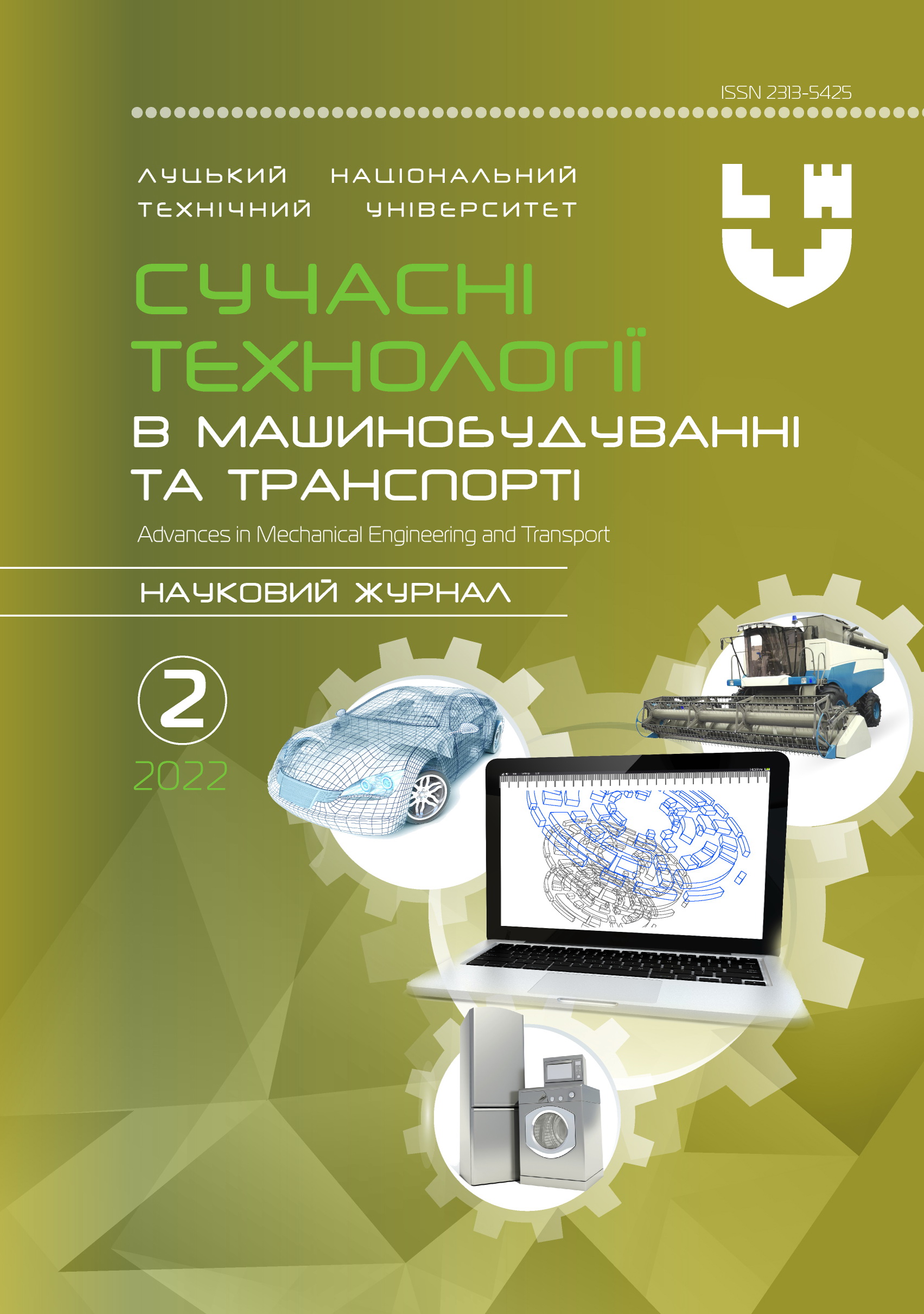Analysis of distribution of the volume of works road service stations
Abstract
The work deals with the actual issues of the technological calculation of the production program of maintenance and repair of the automobile service enterprise. Attention is paid to determining the scope of maintenance and repair of vehicles for road service stations. The prospects for the development of road service infrastructure in relation to the rational number of service stations located between regional centers and large cities have been studied. The conditions for the rational placement of complex road service points have been analyzed. On interregional roads, the proposed number of road-type maintenance stations is 1–2 facilities, in accordance with the recommendations of state building regulations.
The causes of car malfunctions were analyzed based on statistical data on the frequency of calls for technical support to the roadside assistance service. It is proposed to use the distribution of shares of applications for technical assistance as a basis for substantiating the list and scope of work, for determining production personnel and forming a complex of appropriate technological equipment.
The distribution of the labor intensity of maintenance work and repair of cars for road service stations according to the norms of technological design of road transport enterprises is given. The analysis of normative design data was carried out and their inconsistency with real indicators was established. In particular, an assumption was made about the need to make changes to the list of works of the production program of technical maintenance and current repairs and their distribution by types of work. If the statistical data of marketing research is not enough, then the classical deterministic method of technological calculation of typical enterprises can be applied, using recommended values and justified values of standards. It is indicated that with appropriate justification of the choice of data for the calculation of the production program, it is possible to use the existing regulatory framework. The proposed approach will bring the results of calculations using the normative method closer to real values. This is relevant because this method is often used in the educational process of training road transport specialists. The conducted studies indicate the need to continue work on improving the method of calculating the volume of work of the production program of car service enterprises based on technological design standards.
Key words: maintenance, repair, labor intensity, technological calculation, road service station.




